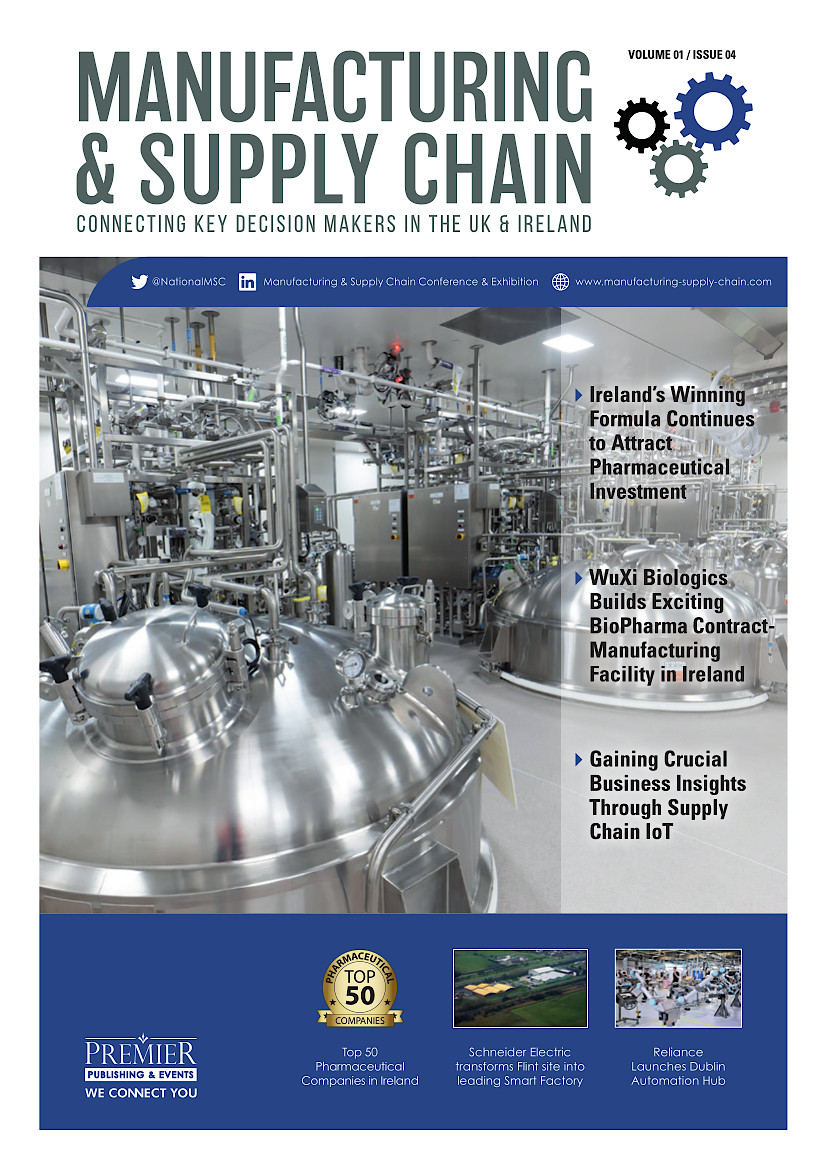Preparing Your Data for Warehouse Management Systems (WMS)

Despite the advantages of warehouse management systems (WMS) there are still some businesses that continue to rely on paper-based processes, simple spreadsheets or databases, or the limited warehouse management functionality of general enterprise applications. None of these is likely to offer the breadth of functionality and advanced benefits available through a specialist WMS although of course there is always the argument that “if it ain’t broke don’t fix it.”
Another reason against moving to a fully-fledged WMS has been that the scale of the business did not warrant, or could not justify, the investment. This has changed with the advent of the software-as-a-service WMS applications which require relatively little upfront investment and are priced according to a predictable “per user” monthly fee model.
There are many factors that will dictate if and when a business should adopt a WMS. But assuming they decide to proceed, one of the first considerations is likely to be what data the application will use and where it comes from. Some businesses will already have well-organised data that can be easily entered into the new application, either manually or by import from other applications. But many others will store information in a variety of different paper and electronic formats that will need a little more work before it can be used by the WMS. This can include everything from the way items are named and numbered through to the locations where they are stored. It may be surprising that some companies still use little more than “that red box over there on the top shelf” to identify where an item is stored.
Data accuracy and consistency are two of the underlying benefits delivered by a WMS. Accuracy refers to the degree to which the details stored by the application are correct. Consistency, on the other hand, is about whether that data is uniform across different systems, applications, and databases. In the context of WMS, data accuracy and consistency are equally critical for ensuring that the system operates efficiently and offers the most benefits. Inaccurate or inconsistent data can lead to incorrect inventory levels, delayed shipments, and other issues that can negatively impact business operations.
It should be evident that any business adopting a WMS should aim for data accuracy and consistency from the start, if only because it will be more complicated, time consuming, and costly to correct errors later on a live system supporting day-to-day operations. It is essential to have a systematic approach that involves identifying and correcting errors and inconsistencies in the data, as well as implementing policies and procedures to prevent future errors. By focusing on these, organisations can ensure high-quality data for their intended use. What are some of the considerations?
Data Quality Criteria: it is important to identify what constitutes reliable data before you start. This will help you define the standards and rules that determine the data’s accuracy, completeness, consistency, timeliness, and validity. Checks might include, for example, that the data required by the WMS gives a true representation of the current stock held and its location, has the right formats and structures, and when and how it will be updated. It is also important to ensure that the data supports your internal processes and logic. A structured approach, using a data quality framework or checklist, might be useful and this is something your WMS supplier can probably help with.
Data Profiling: this involves examining the structure and attributes of your data. It will help you understand your data, where it comes from, and how it is used as well as helping you identify potential inconsistencies, discrepancies, and omissions. This will also help you understand the distribution of your data and the patterns, relationships, and dependencies that will be needed to configure your application. Again, the WMS provider will have the experience to help you.
Data Validation: this checks and corrects the accuracy and integrity of your data. It will help ensure the data meets the quality criteria you defined earlier, as well as the requirements of your internal and external supply chain partners. Various validation tools and methodologies are available to help you check data from different sources to see if it is complete, consistent, and accurate. They can also show whether the data conforms to predefined rules and formats and will be able to work with your application.
Data Cleansing: this detects and corrects any errors and inconsistencies. It will improve the quality of the data while removing anything that is no longer needed or which might affect the performance of the application. For example, many businesses retain old data, particularly in electronic formats, such as information about products that are no longer made or customers and suppliers who have gone out of business. Many systems also contain data that has been duplicated or which has inconsistencies, errors, or missing values. Cleansing will remove this data or replace it with information that is up to date. It can be as simple as running a “find and replace” to update text or something more sophisticated to translate one data format into another. The result will be a dataset which is more accurate and can be used more efficiently by the WMS and associated applications.
Testing: this will evaluate and verify the functionality and performance of your data and confirm that it meets the specifications and requirements of your WMS. It will ensure the data supports the features and functions of the WMS, meets quality standards, will be stable and reliable when processed at the scale and complexity anticipated, and can integrate with other applications if needed.
Maintain Data Quality: ensuring the accuracy and integrity of your WMS data is a continuous process that requires regular monitoring and maintenance. It is important to spot and address any issues that arise as soon as possible and tools are available to help you do this. By tracking and measuring the quality of your data and other key metrics these tools will help you identify issues or trends and respond accordingly using automated or scheduled tasks or actions. They will also help you prepare reports and analyses to review results and outcomes.
In an ideal world all of this would be completed before implementing a WMS. That is because it is usually far simpler to introduce the levels of accuracy and consistency from the start rather than trying to change a live system. WMS suppliers have many tools at their disposal which they can use to help their customers make the transition. This can include, for example, simple interfaces for manual input, OCR to convert paper-based data into electronic formats, and tools to translate information from spreadsheets into the correct formats used by the application’s database.
For further information visit https://www.principallogisticstechnologies.com/
























